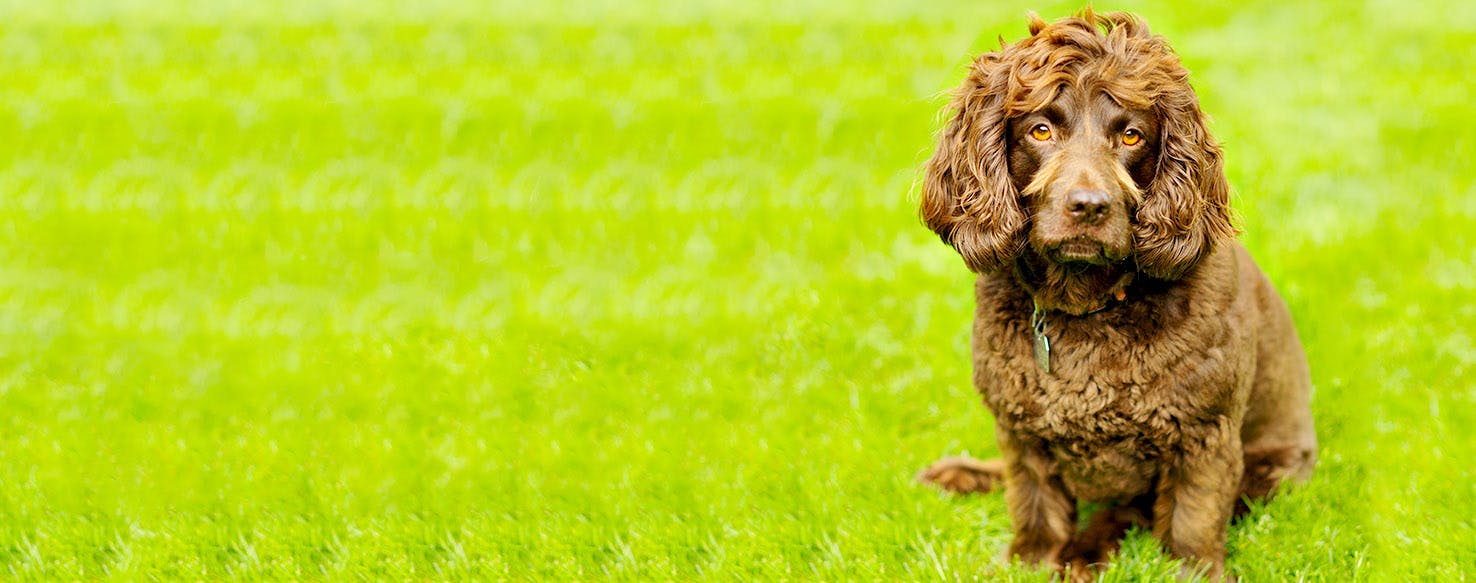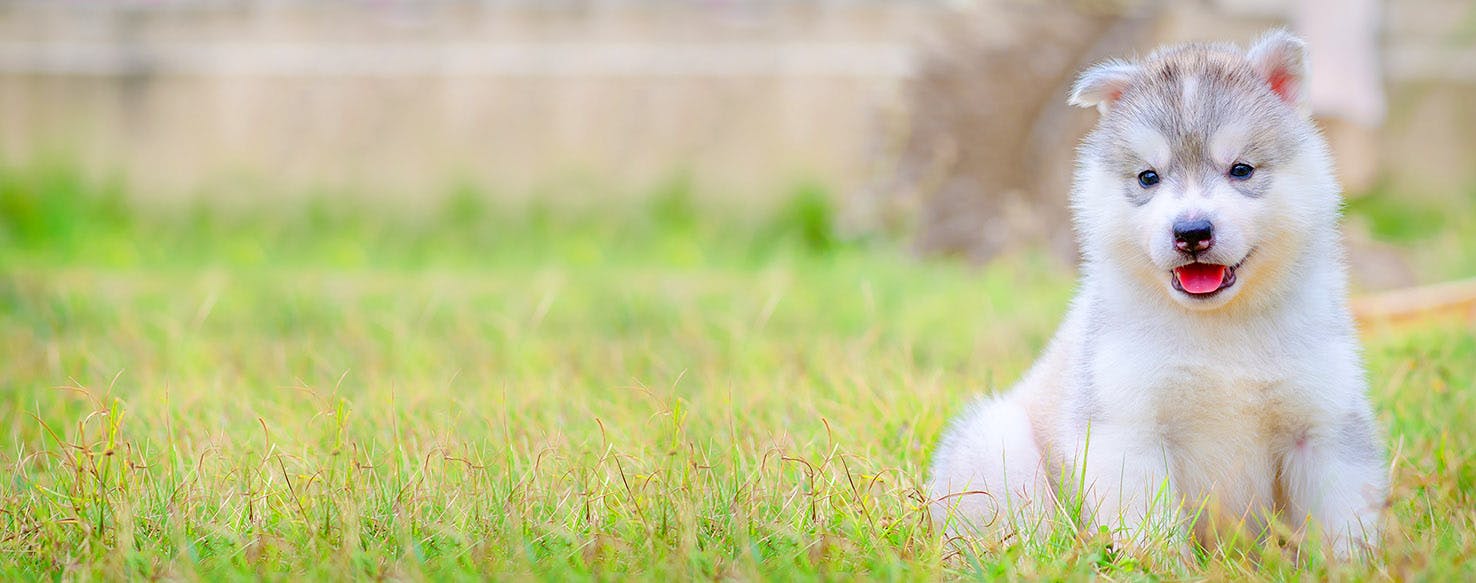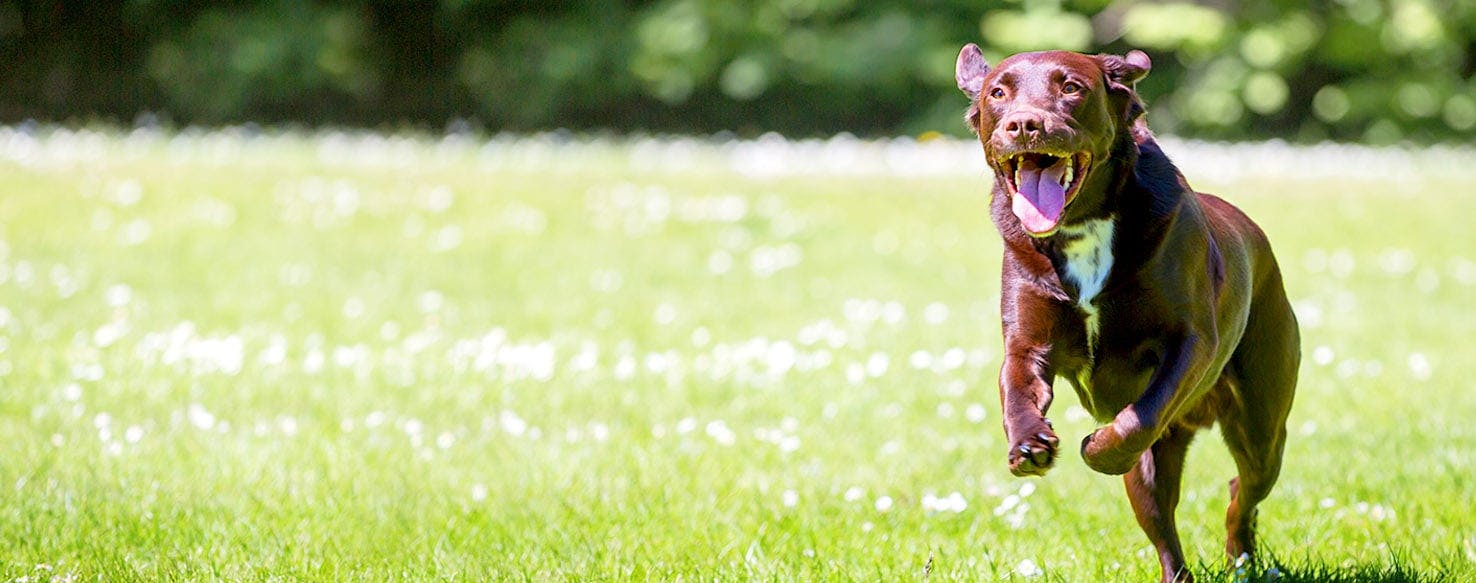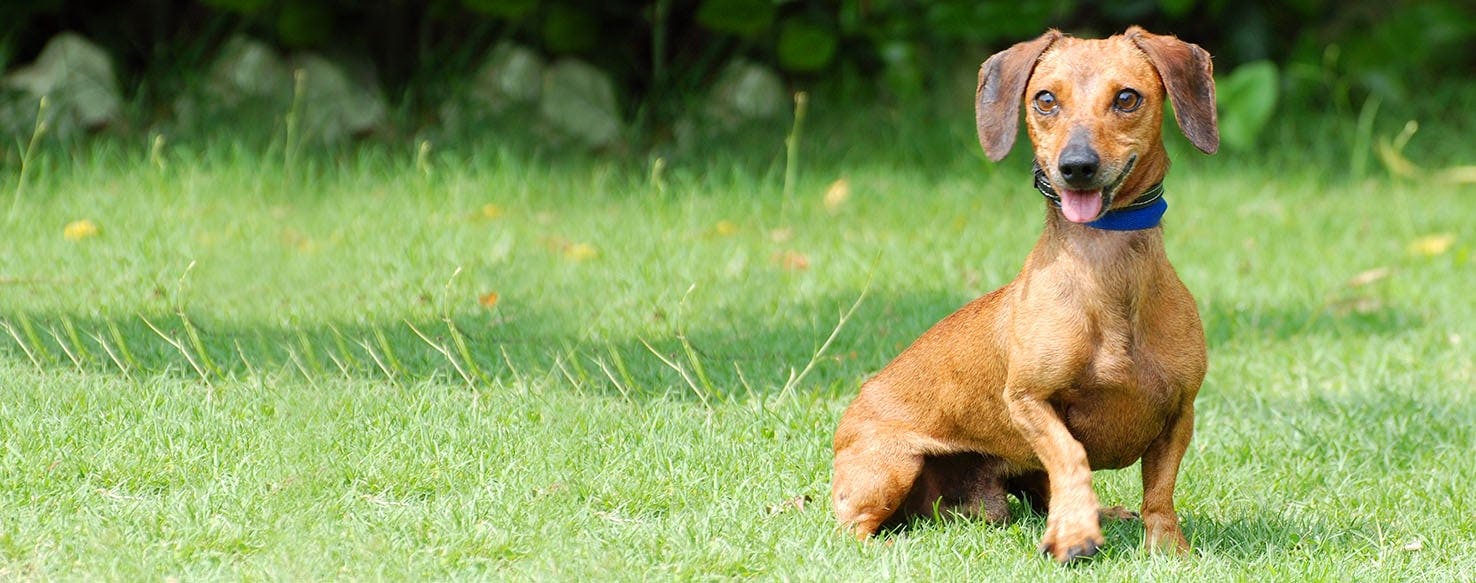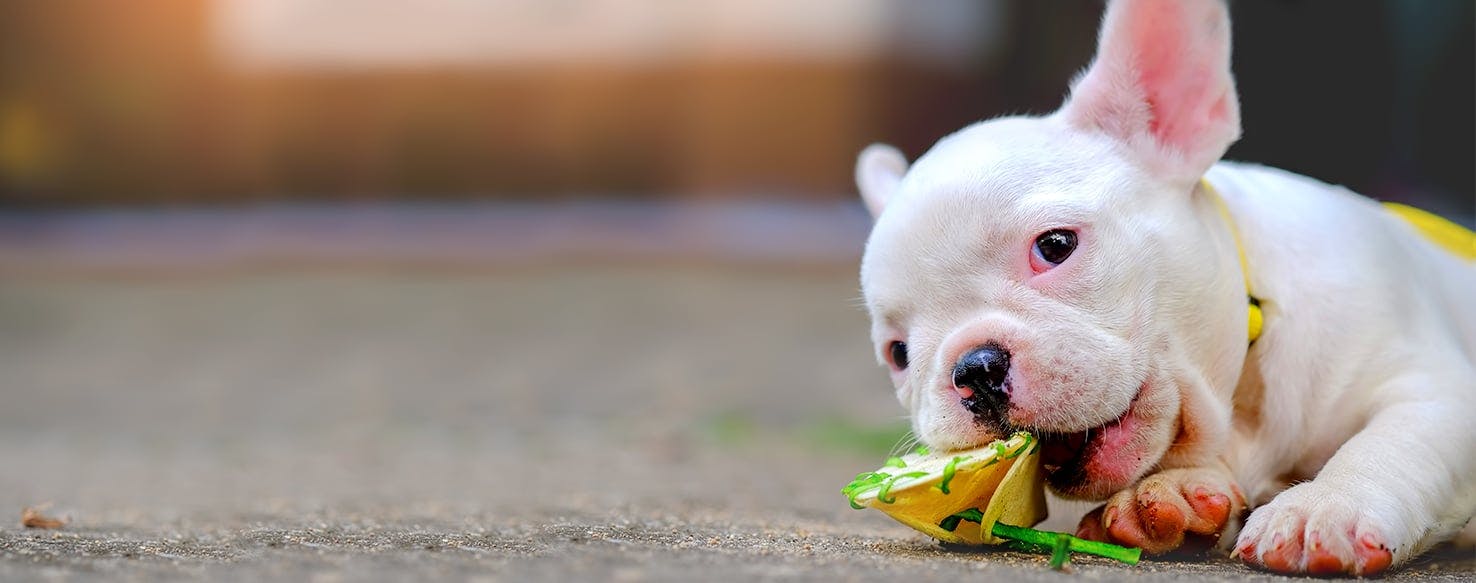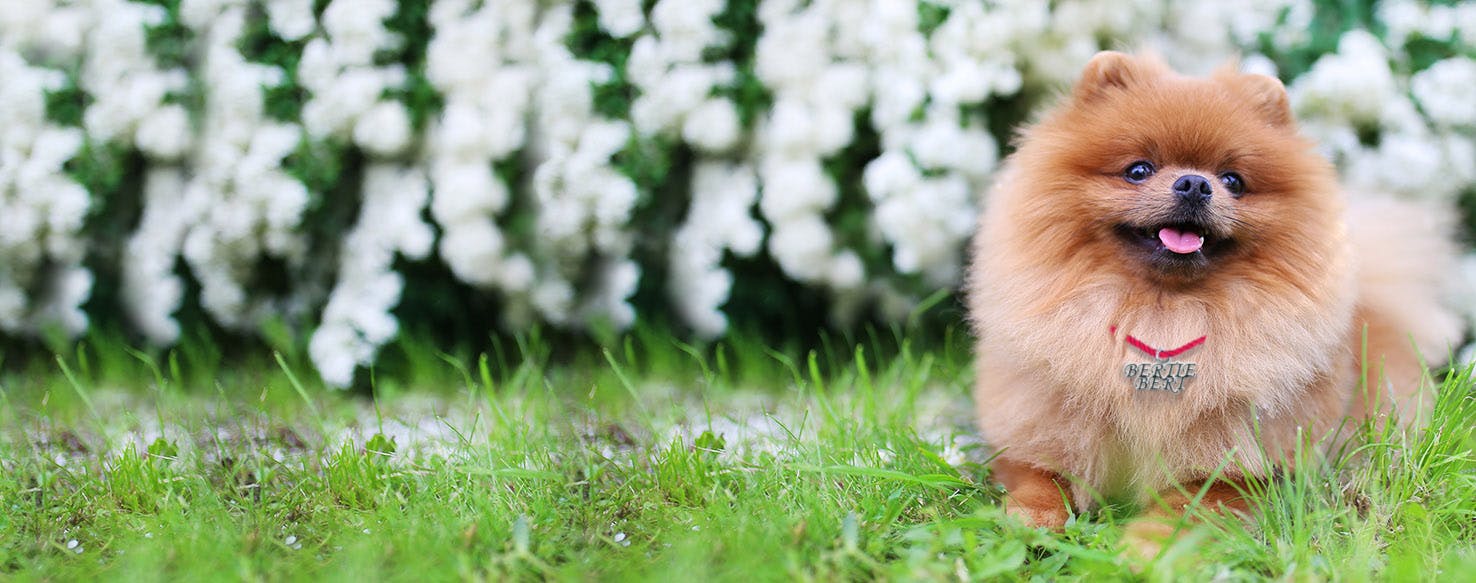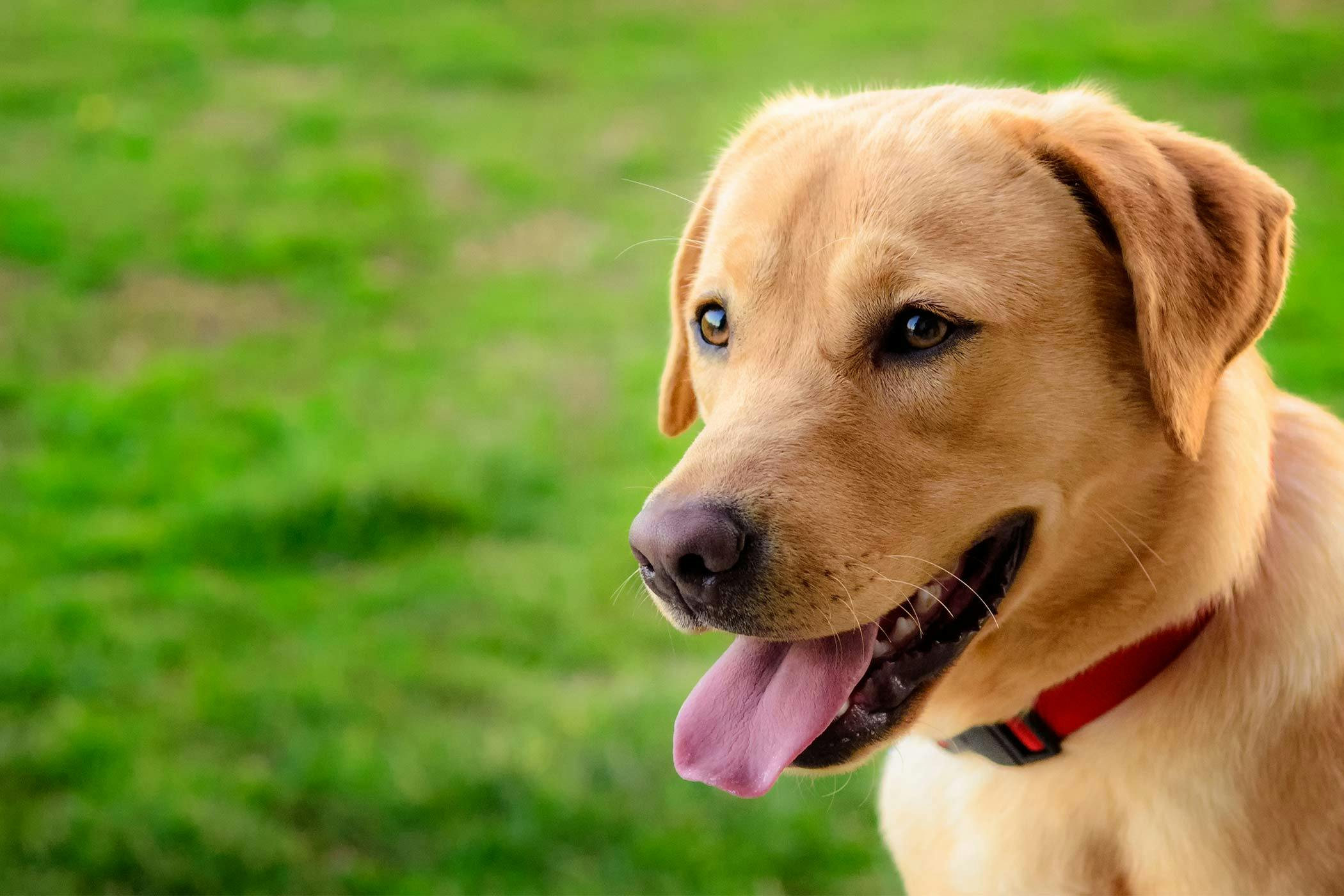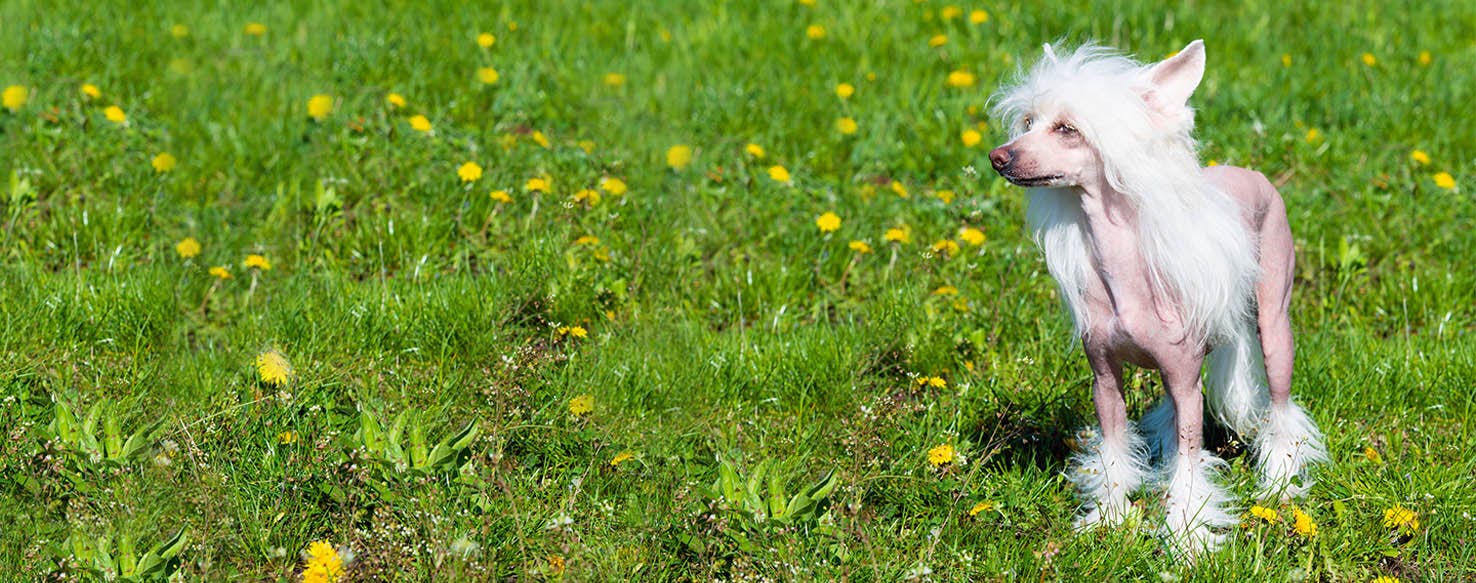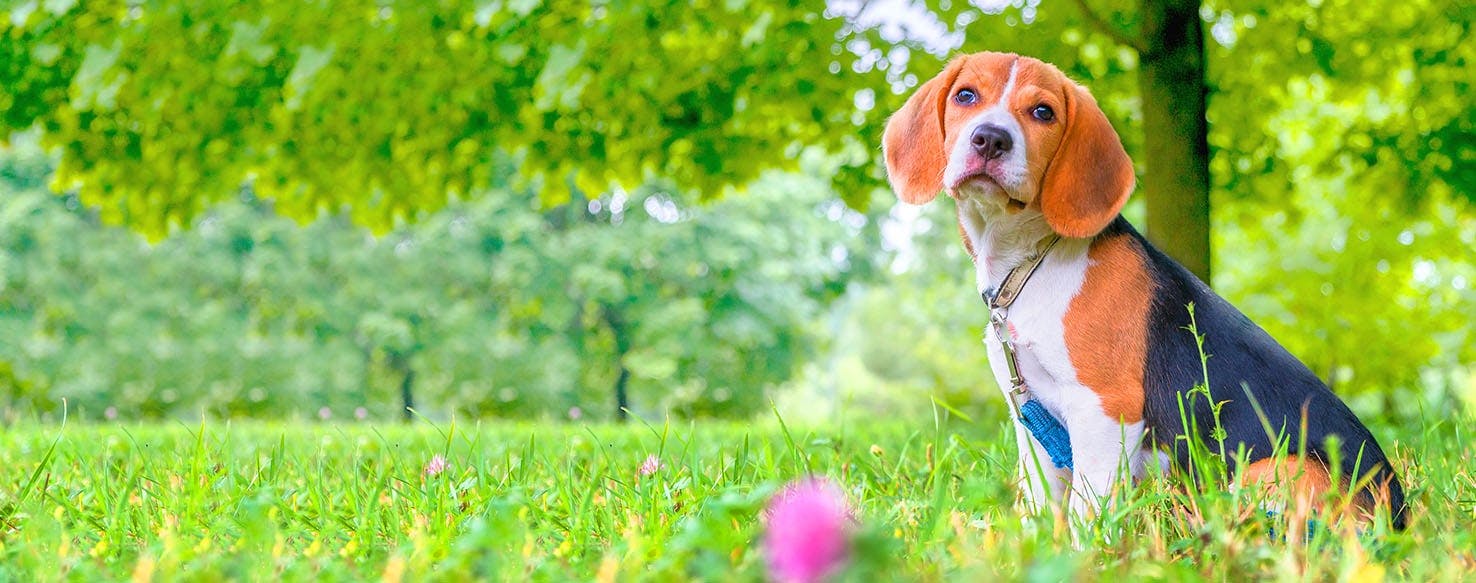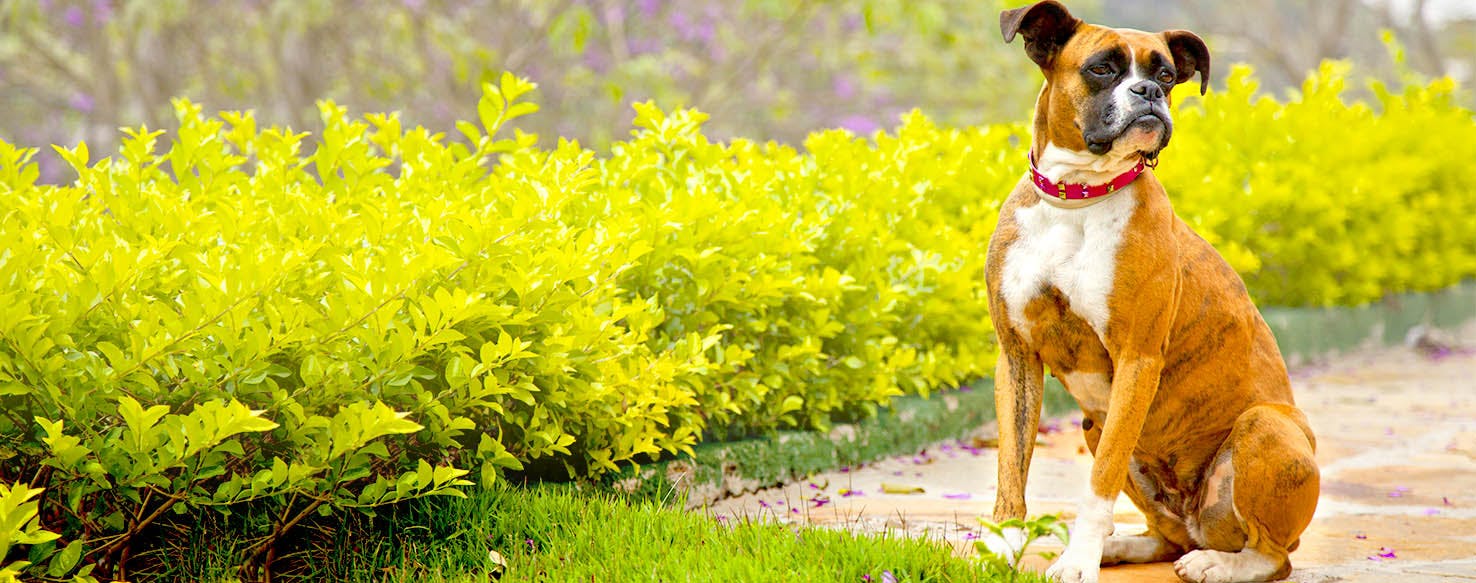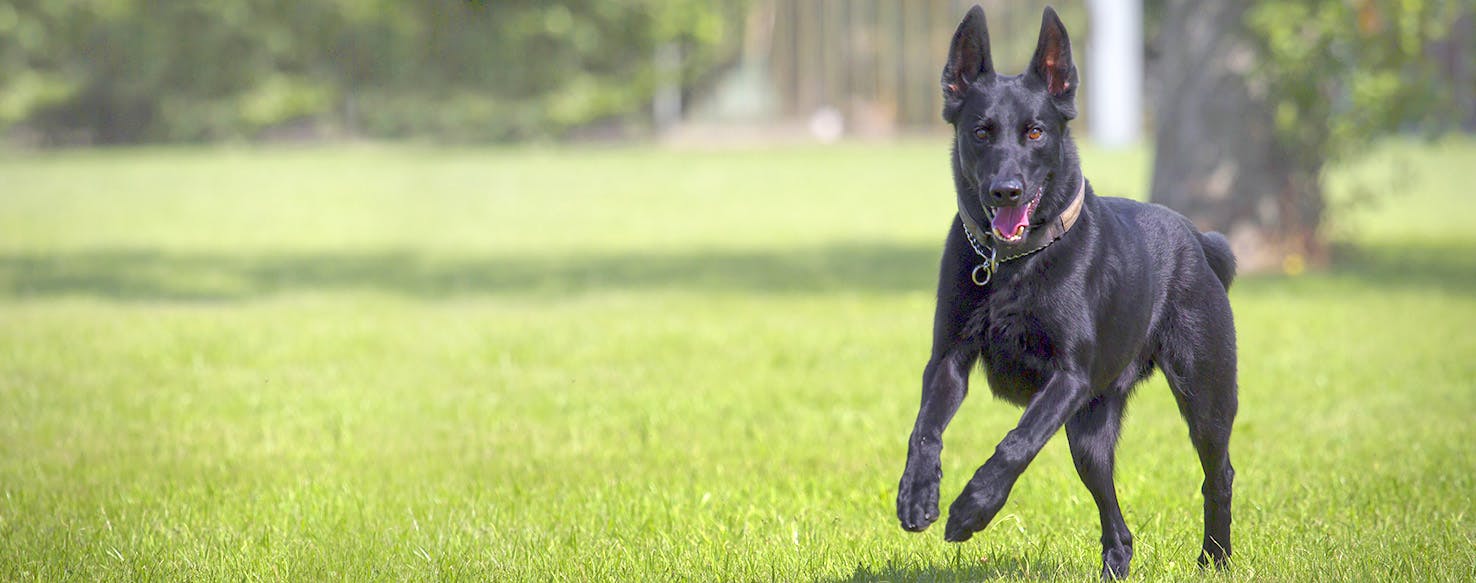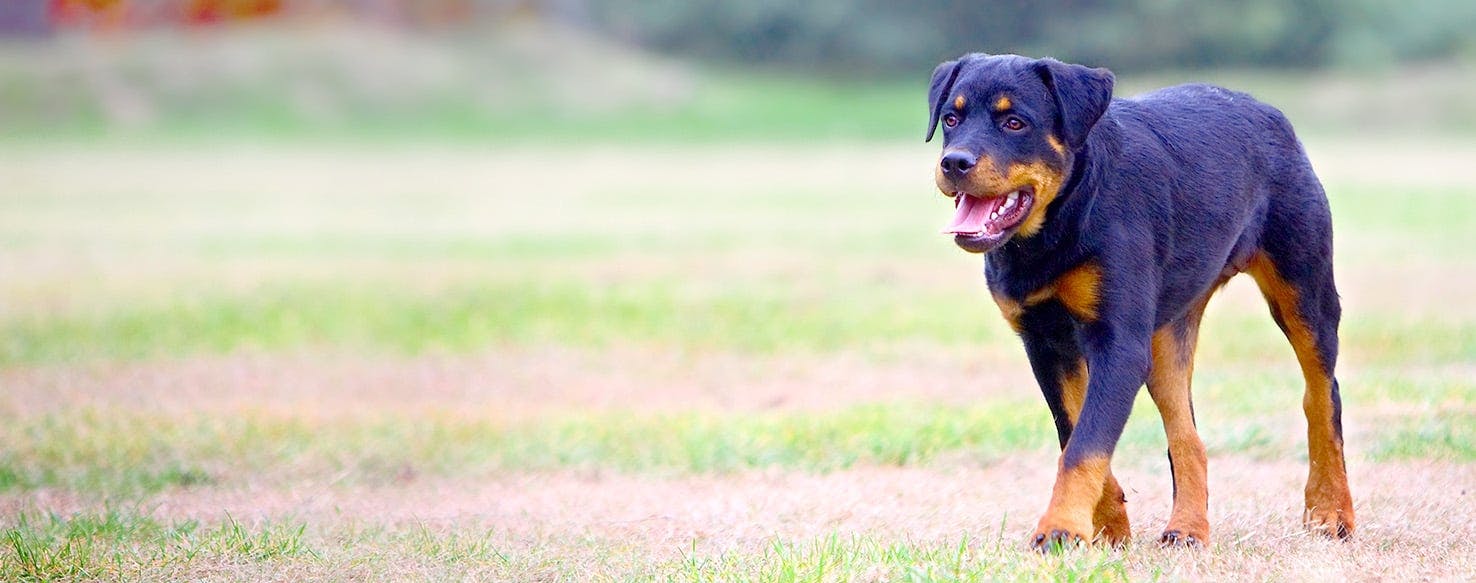Introduction
Egyptian Dog Names in Pop Culture
Anubis is an ancient god of Egypt. Many think he resembles a jackal but there is a strong indication that he is actually a dog. In the Anubieion catacombs at Saqqara, dogs were commonly buried.
The god Anubis was also called Inpew, Yinepu, or Anpu. He was the strong god of the underworld. It was his job to guide and protect the dead on their journey to the underworld. Anubis often appears on hieroglyphs as a man with a jackal or dog head. Many scholars assume that jackals often frequented the graveyards after dark and so this is why the god was believed to have a jackal head. However, other scholars see Anubis as a dog because just as man’s best friend, the job of Anubis is to protect and guard the spirits.
Anubis is referred to as the ‘jackal dog’ but he is clearly only denoted as a dog and not a jackal in ancient Egyptian text. His epithet states that he is the ‘dog who swallows millions’. Pariah dogs also strongly resemble Anubis.
Many scholars feel that the tale of Anubis is closely related to a dog named Abuwtiyuw who actually lived in Ancient Egypt. Abuwtiyuw was the dog servant of the pharaoh. He was greatly honored with a royal burial. A tablet inscription reads, ‘The dog which was the guard of His Majesty. Abuwtiyuw was his name. His Majesty ordered that he be buried ceremonially, that he be given a coffin from the royal treasury, fine linen in great quantity, and incense. His Majesty also gave perfumed ointment and ordered that a tomb be built for him by the gangs of masons. His Majesty did this for him in order that he [the dog] might be honored before the great god, Anubis.’ (Hobgood-Oster, 41-42). The tablet was discovered in a tomb in 1935. It is believed that the tablet once held a depiction of the dog because there is an inscribed leash in the upper corner but the rest of the tablet has been broken away.
Abuwtiyuw is thought to have been a slightly built hunting dog that probably resembled a Greyhound. He is one of the oldest documented canine companions. His name cannot be fully translated but some historians believe it simply refers to the sound of the dog's unique bark. Other researchers believe that the first part of the dog's name translates into 'with pointed ears'.
Egyptian Dog Name Considerations
There is no denying that Ancient Egypt holds a mysterious appeal. Most people know that Egyptians revered cats, but dogs also played an important role in their lifestyle. Dogs often symbolized gods and were frequently kept as domestic pets. Interestingly, the hieroglyphics never show dogs as an animal to be petted but they were nonetheless valued because they were often mummified and buried in the tombs of their owners. In Abydos, Egypt there is even a place that was specifically set aside for dog burials. The dogs were laid to rest beside women, archers, and dwarfs.
Egyptians referred to dogs as ‘iwiw’ which denotes the sound of the animal’s bark. Canines were regularly used for hunting, guarding, and in a military capacity. The names of ancient Egyptian dogs have been gathered from the collars, which were commonly buried with the dogs. The dog’s collar would have its own name lovingly engraved on it. Many dogs were simply named after their colors but others were named only numbers. Others were bestowed with handles that were simply words of endearment. Some were also named after the pooch’s unique abilities or talents.
There are several breeds of dogs that are believed to hail from Ancient Egypt. The Basenji, Greyhound, Pariah, Ibizan, Saluki, and Whippet are all believed to have roots in the desert land. Whippets were actually considered the dogs of the pharaohs and are believed to be closely related to the Greyhound and the Pariah. The Molassian was brought to Egypt by Greek traders. The Egyptians quickly took a liking to the Molassian and used them for hunting and war.
Male Egyptian Dog Names
| Votes | Name | Vote |
|---|---|---|
| 1 |
Nephi
A good son
|
|
| 1 |
Ra
The sun
|
|
| 0 |
Abuwtiyuw
A documented dog companion in Ancient Egypt
|
|
| 0 |
Anubis
A dog-like god
|
|
| 0 |
Seti
19th dynasty ruler
|
|
| 0 |
Djet
A first dynasty ruler, fourth pharaoh
|
|
| 0 |
Unas
5th dynasty ruler
|
|
| 0 |
Pepi
6th dynasty ruler, third pharaoh
|
|
| 0 |
Teti
6th dynasty ruler
|
|
| 0 |
Kaba
3rd dynasty ruler
|
|
| 0 |
Intef
11th dynasty, third ruler
|
|
| 0 |
Tut
After the boy king
|
|
| 0 |
Thutmose
18th dynasty ruler
|
|
| 0 |
Djoser
3rd dynasty ruler, second king
|
|
| 0 |
Menna
18th dynasty scribe
|
|
| 0 |
Sobek
A combination crocodile and human god
|
|
| 0 |
Amun
A powerful Egyptian god
|
|
| 0 |
Abrax
Means shining one
|
|
| 0 |
Bast
God of fire and heat
|
|
| 0 |
Donkor
A humble man
|
|
| 0 |
Eshaq
A prophet
|
|
| 0 |
Femi
A man who loves
|
|
| 0 |
Khufu
A powerful pharaoh
|
|
| 0 |
Horus
The god of light
|
|
| 0 |
Kosey
Means lion
|
|
| 0 |
Lukman
A man who is a prophet
|
|
| 0 |
Montu
A god that resembles a falcon
|
|
| 0 |
Pilis
Means second born son
|
|
| 0 |
Ramses
A powerful pharaoh
|
|
| 0 |
Rah
A god of the sun
|
Female Egyptian Dog Names
| Votes | Name | Vote |
|---|---|---|
| 1 |
Feme
Means love
|
|
| 0 |
Cleopatra
Female ruler of Egypt
|
|
| 0 |
Shani
A wonderful woman
|
|
| 0 |
Safiya
A pure woman
|
|
| 0 |
Rehema
A goodhearted woman
|
|
| 0 |
Nubia
A golden treasure
|
|
| 0 |
Nenet
Spiritual and divine
|
|
| 0 |
Neith
A woman who stands tall
|
|
| 0 |
Nefret
Beautiful and stunning
|
|
| 0 |
Nefertiti
A ruler and queen
|
|
| 0 |
Nanu
A cute girl
|
|
| 0 |
Midge
A darling girl
|
|
| 0 |
Berenike
One who always brings victory
|
|
| 0 |
Chione
A daughter of the Nile
|
|
| 0 |
Ebony
A person of beauty inside and out
|
|
| 0 |
Edrice
A great ruler
|
|
| 0 |
Isis
The mother of all life
|
|
| 0 |
Khepri
The morning sun
|
|
| 0 |
Kissa
A sister of twins
|
|
| 0 |
Lapis
A precious stone
|
|
| 0 |
Lateefah
A kind person
|
|
| 0 |
Mandisa
A sweet girl
|
|
| 0 |
Masika
A girl of rain
|
|
| 0 |
Tia
A 19th dynasty princess
|
|
| 0 |
Sekmet
The goddess of war
|
|
| 0 |
Maye
A beloved one
|
|
| 0 |
Moswen
Light skinned
|
|
| 0 |
Na'eemah
A caring woman
|
|
| 0 |
Neferure
Means womankind
|
|
| 0 |
Nephthys
Female of the boundary of temples
|
